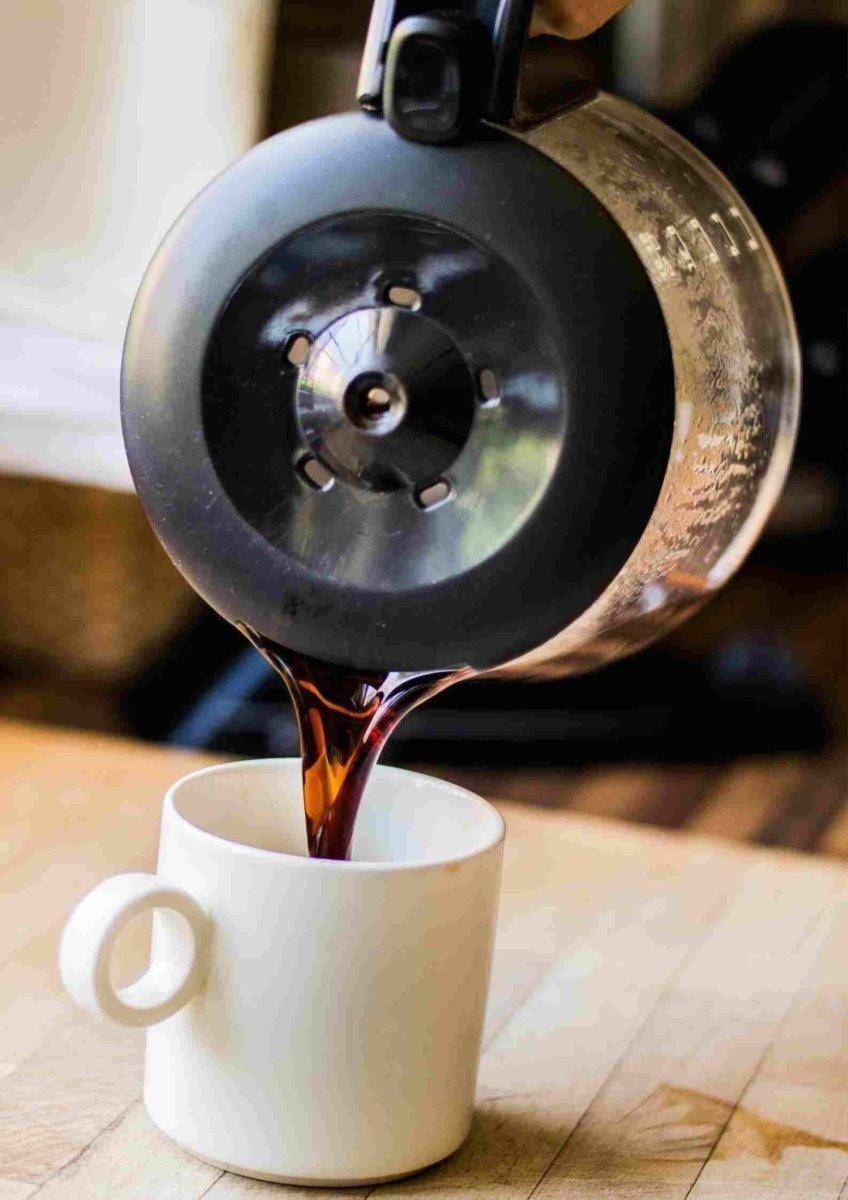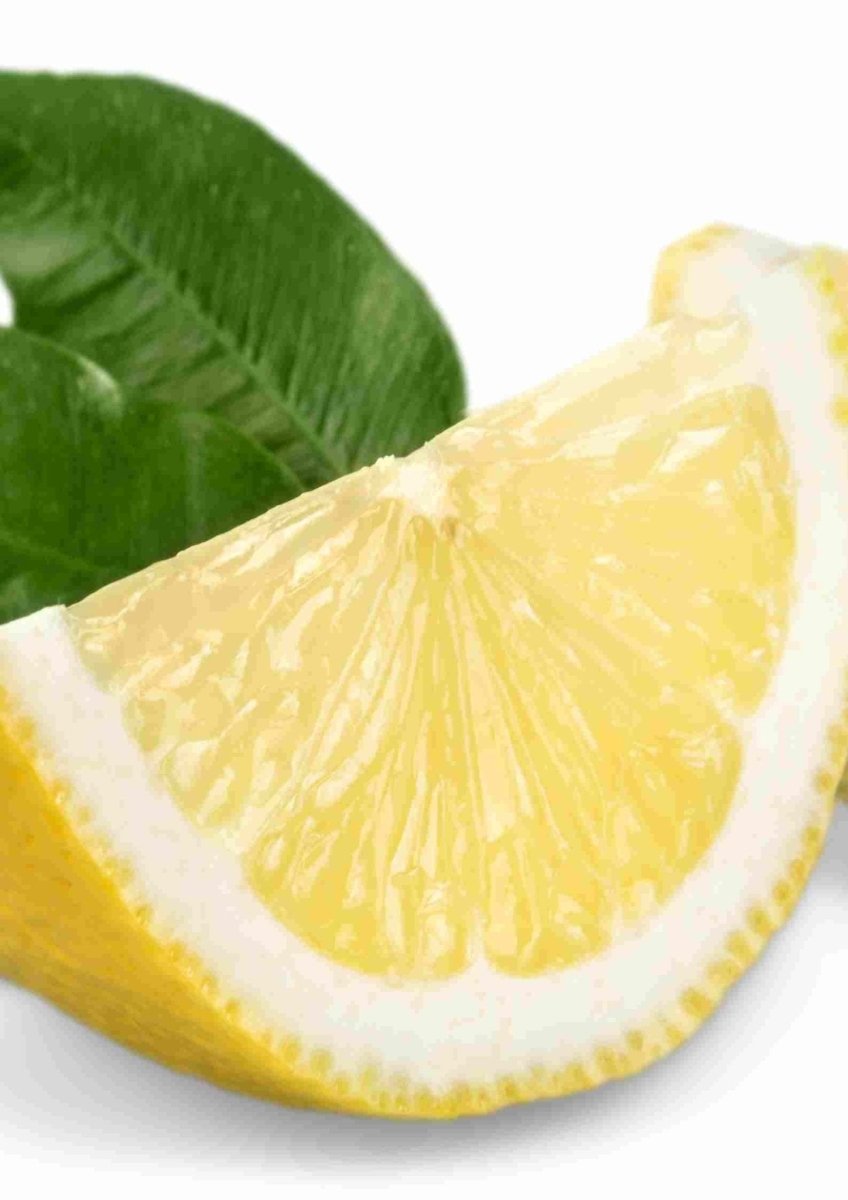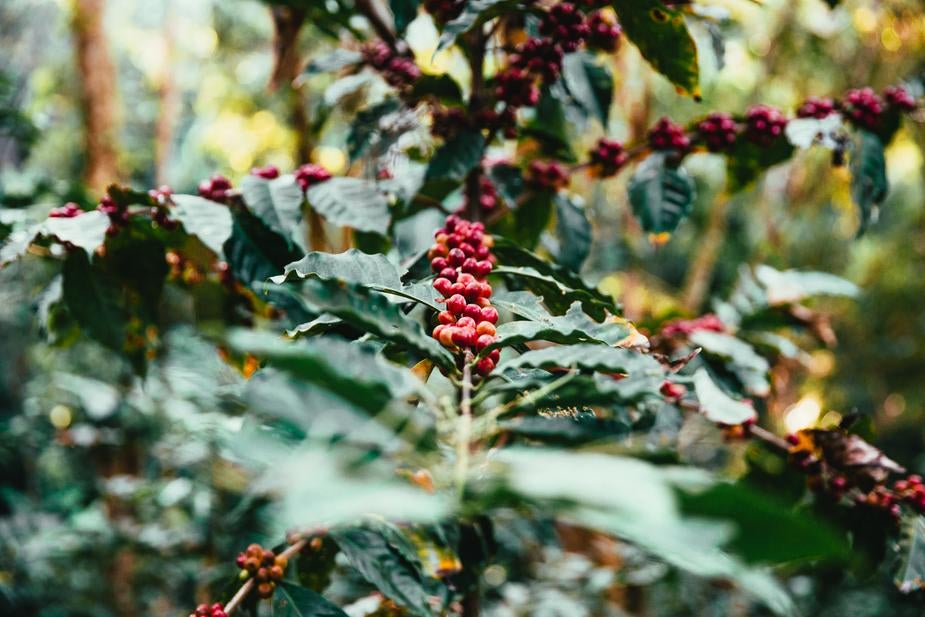
Hand brewing vs. coffee machine
WHICH BREWING METHOD IS RIGHT FOR YOU
Pour-over coffee has a flavor clarity that's hard to achieve with an electric drip coffee maker. But for some, the convenience lure of the mechanized version is just too strong. Here, we break down the differences between the pour-over method and the drip coffee maker. While we're all about pour-over, we also want to help you optimize your brewing method—whichever you choose—for the best coffee.
Why is pour over coffee better?
In our ideal world—where everyone has a few minutes each morning to devote to a single activity—everyone would make pour-over coffee. We have a penchant for the brewing method, which Blue Bottle founder James Freeman says is “one of the easiest, most accessible and most effective ways to make a beautiful cup of coffee.”
The few tools needed to make pour-over coffee—a dripper, a filter, and a kettle—are minimal indeed, which gives the method an air of simplicity. But like the learning curve of riding a bicycle, an easy pour-over technique requires practice at first, summed up in a few mediocre cups. Thankfully, the reward is worth it. In just a few tries, your coffee will transform into an articulate version of itself. The flavors will be more pronounced and the mouthfeel will be silkier. At its best, the routine of drinking coffee will become a ritual, even a meditation.
Why is pour-over coffee so good? All of the variables that affect extraction—the soluble coffee components that dissolve in water—are within your control. This includes choosing the coffee grind size and water temperature, adjusting the speed at which the water saturates the coffee grounds, and choreographing the frequency of pouring. Small changes in technique can improve or detract from the final flavor of the coffee.
Take this final example, pour frequency, to see how the manual pour-over method gives you, the brewer, more precision. For the pour-over method, we recommend a sequence of four pour-overs. Each pour targets a specific amount of water in a specific time frame. Perhaps the most important is the first pour, nicknamed "the bloom" because of the way the grounds swell from the release of carbon dioxide (a byproduct of roasting). By pausing at the bloom and timing the three subsequent pours correctly, you extract the coffee's best flavors and none of the off-putting bitter ones. This is just one way brewing technique can improve the final cup.
If this feels confusing—why is coffee so complicated—it can be helpful to compare it to wine. The quality of a wine is determined at bottling, while coffee needs someone to turn the roasted beans into a beverage. The pour-over method is the ultimate technique for doing this for someone who wants to have control.
What is the difference between pour over and drip coffee?
A drip coffee maker is the mechanized version of the pour-over method. Generally speaking, drip machines get the job done, but without precision or nuance, often resulting in an unbalanced and muddled cup. Thankfully, in recent years, smart new design features on drip coffee makers have undoubtedly resulted in higher quality results, closing the quality gap - once a chasm - between the two methods. We've even gone so far as to introduce our own batch-brew coffee, something we never thought we would do after experiencing the built-in intelligence of high-end professional machines.
For home brewers, the benefits of a drip coffee maker are more personal and have to do with nostalgia or one's own definition of convenience. For some, the gurgling of the machine brings back memories that stretch back to childhood. For others, the convenience of flipping a switch is its own reward. The thing that pours over an aficionado's love - the ritualized technique - can feel like a few steps too many on a crowded morning.
If these are your reasons for loving drip coffee makers, we won't convince you otherwise. Luckily, there are now some home drip coffee makers we can get behind, including the Bonavita Connoisseur, which has built-in features that mimic the manual pour-over technique.
Like the flower pour-over, the machine's pre-infusion mode saturates the coffee grounds to allow for degassing before a more consistent water flow extracts the coffee. The water temperature stays in the ideal range (between 195°F–205°F) and a flat-bottomed filter basket (the same shape as our Blue Bottle Dripper) provides a more consistent extraction. Of the benefits of the Bonavita Connoisseur, Shaun Puklavetz, our Coffee Sourcing and Relationship Manager, puts it simply: "[I have] no real tips, which is kind of the beauty. Grind your coffee, press the single button on the machine, wait five minutes."
How to brew your best coffee
Although pour over coffee is our polestar, we wholeheartedly support the vessel that brings you closer to a decent cup of coffee. Below are some universal tips for both the pour over method and the drip coffee maker.
THE IMPORTANCE OF GRINDING
Even if you use the finest coffee in the world, if the grind is incorrect or uneven, the extracted coffee will taste subpar. For focused flavors, the coffee grounds must be more or less uniform and the right size for the brewing method. Although there are two types of grinders on the market, blade grinders and burr grinders, only burr grinders have the mechanical ability to grind coffee evenly. For pour overs and drip coffees, we recommend grinding the coffee to a coarseness reminiscent of sea salt.
USE FRESH COFFEE
Coffee is as perishable as any other food. Once your bag of freshly roasted coffee is opened, its vibrancy will fade within a month or so.
USE A SCALE TO FIND THE CORRECT BREW RATIO
A scale will help you find the right ratio of ground coffee to water. For our classic blends, we recommend 30 grams of coffee to 350 grams of water. To enjoy the nuanced taste of a lightly roasted single-origin coffee, we recommend less coffee: 22 to 24 grams per 350 grams of water.
USE GOOD WATER
Coffee is mostly water, so use good quality tap water or filtered water.
To learn how to make the best pour over coffee, read our brewing guide. Or let us do the brewing and visit us in our cafes soon.



Leave a comment
This site is protected by hCaptcha and the hCaptcha Privacy Policy and Terms of Service apply.